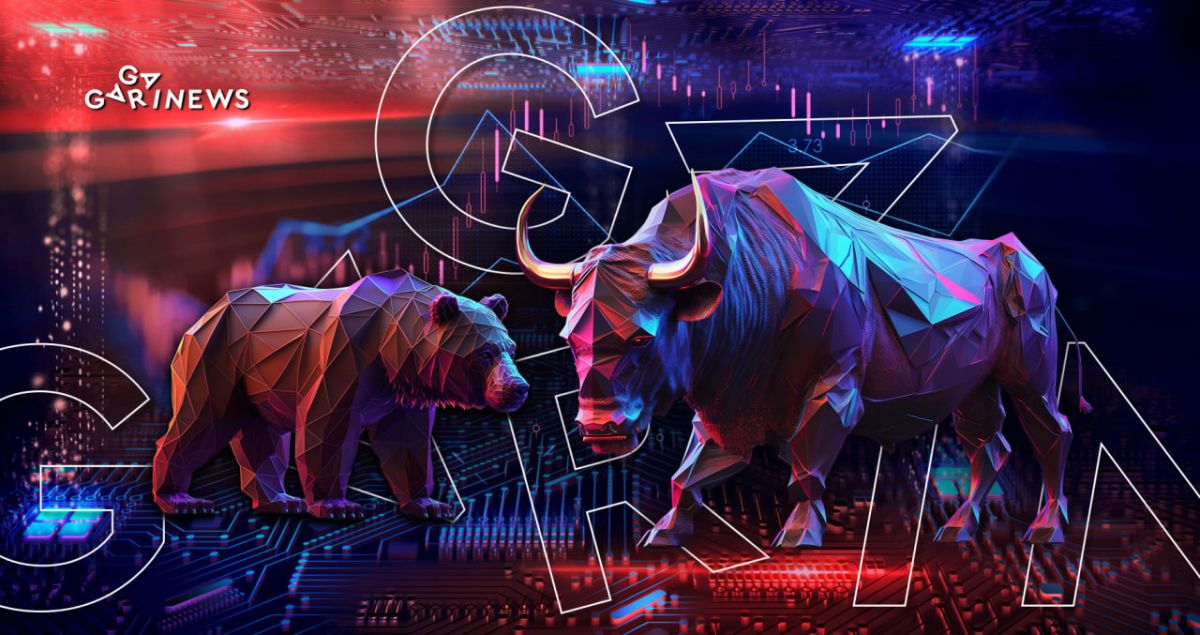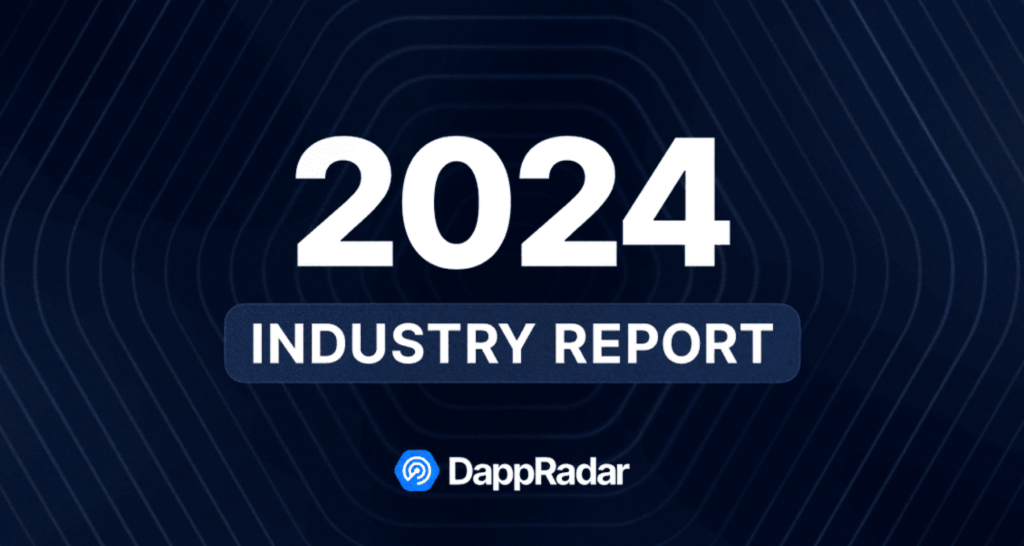Three Market Trends: Uptrend, Downtrend, and Sideways Trends

When we discuss trends, we typically envision something long-lasting, stable, influential, and even dominant within the market. In the realm of financial markets, including the dynamic world of cryptocurrencies, distinct trends come into play.
On this page
What is a market trend in simple words?
A market trend is a long-lasting phase that showcases the dominance of either buyers, sellers, or a balanced equilibrium in the market. To identify trends, analysts rely on technical analysis (TA), which involves interpreting charts using various tools and indicators.
In the market, we commonly observe three types of trends:
- Uptrend: Also known as an upward trend, it signifies a phase where buyers have the upper hand, resulting in a bullish market.
- Downtrend: Also known as a downward trend, it represents a phase where sellers hold the advantage, leading to a bearish market.
- Sideways trend: This indicates a balanced state where buyers and sellers are evenly matched, resulting in a stable market.
Uptrend, downtrend, and sideways trends on the chart
During each phase, there may be temporary movements that go against the trend, known as corrections. For instance, in an uptrend, there might be short-term price declines, referred to as corrective declines. Similarly, during a downtrend, there can be brief price increases known as corrective rallies. It's essential to differentiate these corrective phases from an actual trend reversal.
The ability to accurately identify market trends empowers traders to anticipate future price movements and execute well-placed orders, ultimately aiming for profitable outcomes.
Uptrend — a consistent upward movement in prices, indicating market growth
In simple terms, a trend refers to the direction in which prices are moving and reflects the tendency of investors to either buy or sell assets. When the trend is upward, it is called an uptrend or bullish trend.
Trends are always defined by specific price levels known as support (the lower level) and resistance (the upper level).
To illustrate an uptrend on a chart, we look for the formation of two price lows, where the second low is higher than the first. By connecting these lows with an upward-sloping line (lower channel line) and drawing a parallel line along the price highs (upper channel line), we can identify the boundaries of the uptrend, which represent the support and resistance levels.
Uptrend channel
When the price approaches the support level, it tends to rebound and move towards the resistance level. After the third bounce off the support level, it presents an opportune moment to enter a long position (buying). Traders typically set the stop-loss (SL) below the previous low or, if it becomes too large, below the support line of the channel. To secure profits, a take-profit (TP) level is usually placed near the resistance level.
If the uptrend is long-lasting, traders may consider opening buying positions from the fourth, fifth, and subsequent bounces off the support line. However, it's crucial to adjust the take-profit level lower as the bounce points move further away from the third position. This adjustment helps manage risk as the likelihood of a price reversal increases with greater distance from the initial bounce.
Downtrend — a sustained downward movement in prices, indicating a market decline
To put it simply, a downtrend refers to a bearish trend where the majority of assets experience a decline in prices due to selling pressure from investors. This phase is often referred to as the dominance of bears.
Similar to an uptrend, a downtrend is formed by connecting the upper points with a straight line and drawing another parallel line below it. This creates a downward channel that helps us visualize the trend.
When analyzing a chart and identifying a downtrend, the upper boundary of the channel serves as resistance, while the lower boundary acts as support. However, in a downtrend, the focus is primarily on the resistance line, as it is from this line that selling positions are typically initiated.
Downtrend channel
The rules for entering trades within a downward channel are similar to those in an uptrend, but in a mirrored fashion. Selling positions are opened after the third downward bounce off the resistance line, and the stop-loss (SL) is placed above the resistance level, ideally above the previous high. To secure profits, the take-profit (TP) level should be set slightly above the support line of the downtrend.
Sideways trend — a temporary stalemate between bears and bulls
In financial markets, it's quite common to see a sideways trend, where prices move within a range defined by two horizontal levels. A sideways price trend is also commonly known as a “horizontal trend” or “range-bound.” The sideways trend continues until the price breaks out of the established range.
Sideways trend channel
One advantage of a sideways trend is that it provides opportunities for both buying and selling. The lower boundary of the range acts as a support level, while the upper boundary serves as a resistance level.
When the price bounces off the support level and moves upward, it signals a potential buying opportunity. To manage risk, a stop-loss (SL) is typically placed just below the support level. As for taking profits, a sensible approach is to set a take-profit (TP) level slightly below the resistance line.
Conversely, if the price bounces down from the resistance level, it may present a chance to sell. In this scenario, the stop-loss is usually placed above the upper boundary of the range, while the take-profit level is set slightly above the support level.
Patience is crucial when trading in a sideways market or any trend. It's important to wait for a confirmed bounce off the support or resistance level before entering a trade.
Opening positions too early, when the price has merely touched a level without a clear bounce, can result in losses if the level is eventually breached.
Final words
Never go against the trend as it can lead to unfavorable outcomes! As a trader, one of the fundamental rules is to accurately identify the prevailing trend and align your positions accordingly.
The content on The Coinomist is for informational purposes only and should not be interpreted as financial advice. While we strive to provide accurate and up-to-date information, we do not guarantee the accuracy, completeness, or reliability of any content. Neither we accept liability for any errors or omissions in the information provided or for any financial losses incurred as a result of relying on this information. Actions based on this content are at your own risk. Always do your own research and consult a professional. See our Terms, Privacy Policy, and Disclaimers for more details.






























